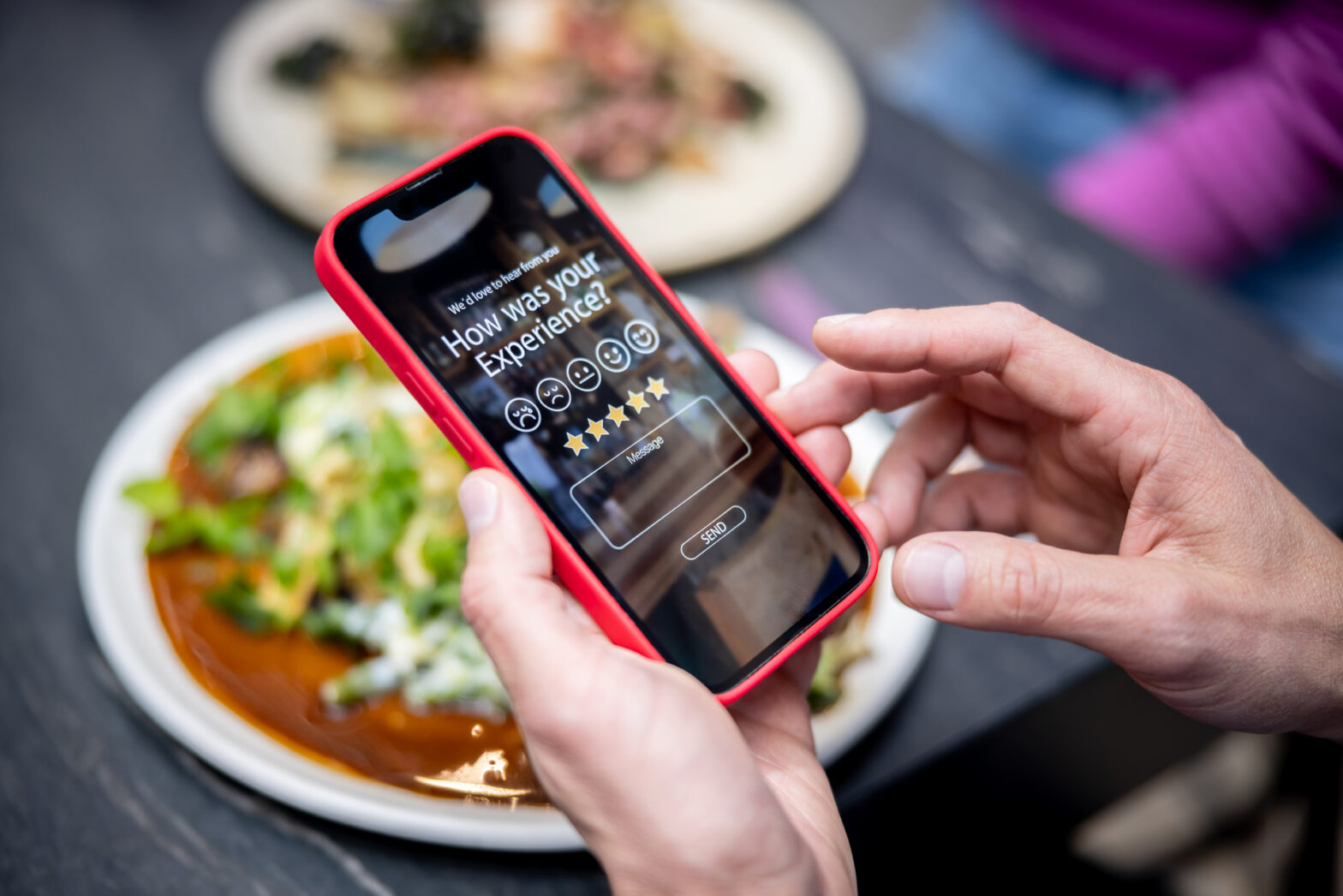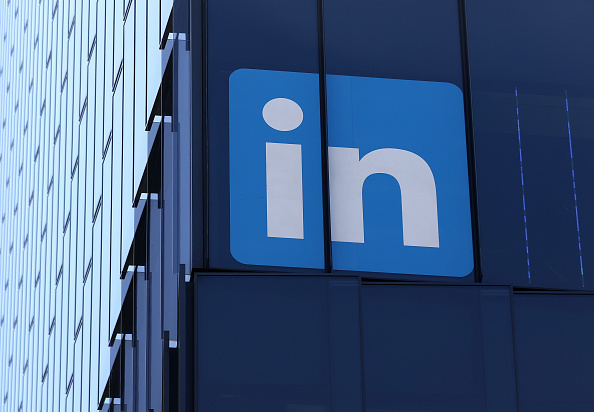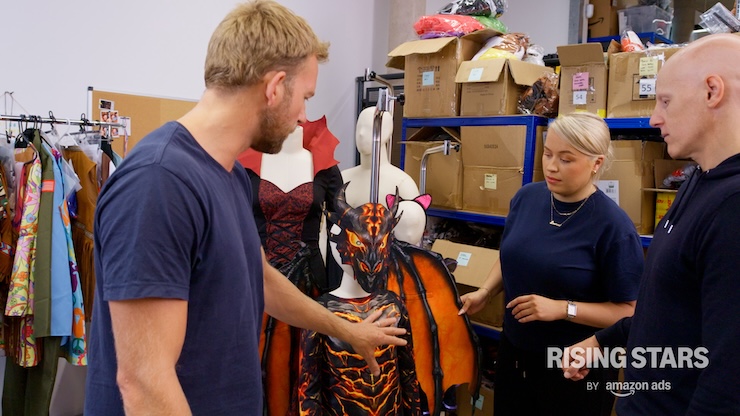Social media is one of the most cost effective – and indeed, generally effective – tools in a growing business’ marketing armoury.
However, growth in ‘dark social’ channels has now surpassed the growth currently being experienced in mainstream social channels: Facebook, Instagram, Twitter and Snapchat.
It might sounds like the sort of activity that might attract the attention of Special Branch, but actually dark social is just untraceable social media hidden from view. For example, you see something you like online – maybe it’s a new item at a fashion store that you know one of your sister will love or a meme that’ll have your friends howling. You cut and paste the link into a messenger or email conversation. You press send. That’s dark social. It’s sharing, but not in the open as we know it.
You’ve built it, and they’ve come…but you don’t know from where.
A report by Radium One estimates that as much as 84 per cent of outbound sharing takes place via dark social as people share via media such as WhatsApp, Facebook Messenger and email.
The reason it is known as dark social is that it goes under the radar of conventional ways of monitoring social media traffic because it will appear to be a direct referral when in fact it is generated as a result of social sharing – just in a different way.
The major difference between dark social and mainstream social media is the lack of traceability. If, for example, you see a product from a business shared via their Facebook channel and click on the link, the owners of the site will receive referrer data that shows how you reached them – via Facebook. If a friend sends you the link in an email, no such data will be available. They’ll register your visit but not know how you got there.
And as the ground-breaking original analysis of dark social in the Atlantic by Alex C. Madrigal points out, this way of sharing content is nothing new. While there’s a tendency to make the assumption that social media created this current mass predilection for social sharing, it was actually created in response to the way we were already using the internet.
Messaging that matters
And indeed, while it’s good to share, sometimes sharing one-on-one or one-on-a-few makes much more sense. It’s probably only your colleagues not your Facebook friends, for example, who’ll be interested in that news about a new piece of software that will make all your lives easier. And while sharing a picture of the pram you’re hoping to buy on payday may be met with a few eye rolls on Instagram, a WhatsApp group made up of your NCT pals will probably be much more receptive.
And this is partially what makes dark social such an important tool for businesses. Users sharing your content or singing your praises publicly on Facebook, Twitter or Instagram is great, but sharing selectively to the few people they’re confident will be really interested in is even better. One-on-one or one-on-several sharing is much more likely to garner a positive response than the one-to-many sharing seen on most social media platforms.
The rise of dark social is also perhaps evidence of a cultural shift that is taking place. People – and especially the all-important millennial and even Gen Z market – are now only too aware that virtually every move they make online is being captured to be used commercially and increasingly, they’re tiring of it. In this context sharing content privately seems much more appealing. However, there’s no reason why businesses can’t benefit and use the data gathered to inform their strategy.
How can you adapt your business to embrace dark social?
So how can small businesses help to make their businesses dark social friendly? Inevitably, they won’t have the big budgets more established businesses have so here are four quick tips that can help you make the most of the trend.
- Make sharing easy: If you’re showcasing a great product on your website, make it easy to share it via not just conventional social media, but dark social too via, for example enabling sharing via WhatsApp, Email or SMS message. Make sure these options are visible and easy to use too. No point having the technology if nobody is quite sure what to do with it!
- Shorten URLs: These have two main advantages. Their length makes them much easier to share than longer links and they’re easily traceable. Most software that enables you to create shorter URLs, such as https://goo.gl/ will also allow you to track just how many people have clicked on that link, even if it has been cut and pasted away from its original source (e.g. lifted from Instagram and placed in an email). This will enable you to weed out dark social traffic from direct traffic and traffic from other sources.
- Track it: By implementing the steps above, your ‘dark social’ traffic should be easier to track. If funds and time allow, you could also consider investing in dedicated software designed to track ‘dark social’ traffic such as GetSocial.io, which adds tracking data to your websites URLs in order to track shares via various platform.
- Analyse it: Once you have a handle on what proportion of your traffic is dark social it’s time to start considering what, exactly, it is doing for your business. For example, are dark social leads leading to a better conversion rate than social media or PPC referrals? If so, needless to say this is an area where more marketing budget should be re-deployed.
Dark social is already a big influence on business’ bottom line, and as the popularity of SnapChat, Messenger and WhatsApp continues to grow, now is the time to get to grips with how its influence can be used to boost your bottom line.
Aalia Walker is co-founder and partner of SMACK.





